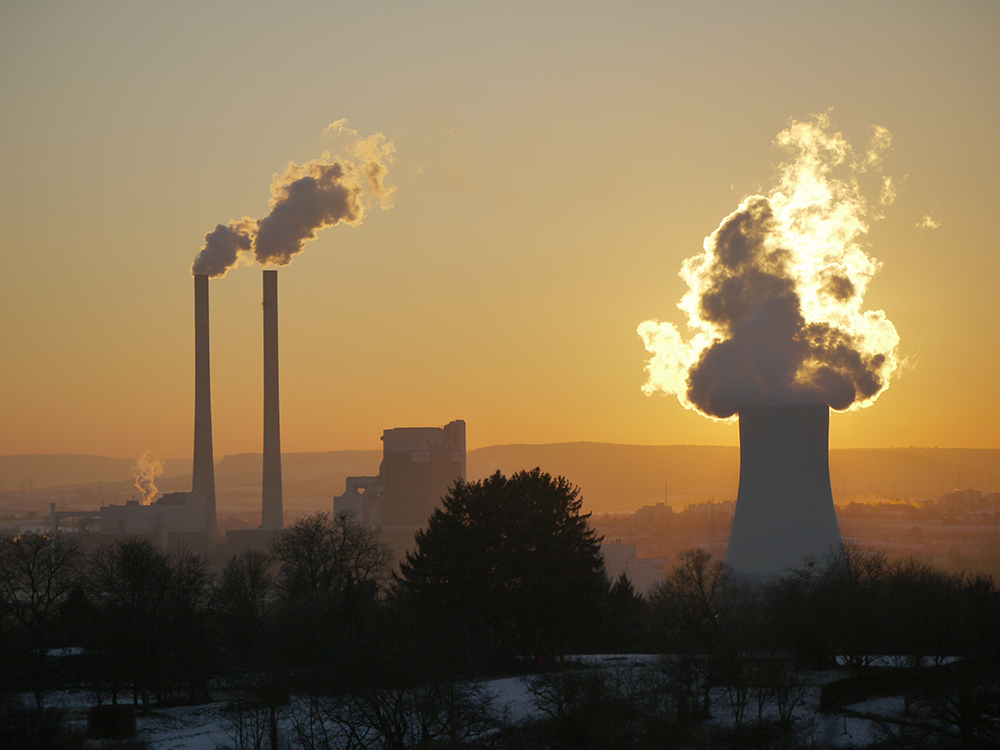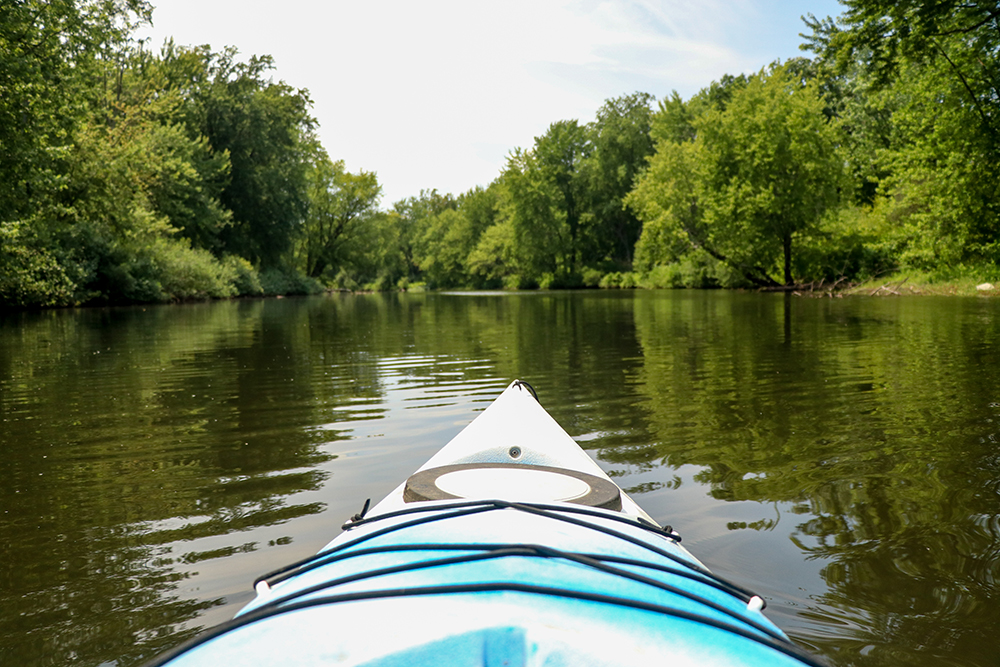
Two Wins for the Adirondacks
By: John Sheehan - Adirondack Council Director of Communications
Wednesday, August 19, 2020
This hasn’t happened a lot under the Trump administration, so it’s important to recognize the moment and celebrate it when it comes: New York State had two major clean air victories recently.
One will bring much-needed clean-up of emissions from coal-fired power plants in states far away from the Adirondacks, whose emissions harm the Park nonetheless. The other will curb emissions created closer to home. Both will result in less smoke, soot, smog, and acid rain.

The EPA Must Protect New York from Smog
In July, NYS Attorney General Letitia James saved many lives when she persuaded the three-judge panel of U.S. Court of Appeals for the District of Columbia to issue a unanimous decision forcing the U.S. Environmental Protection Agency (EPA) to protect New York and New Jersey from smog-causing pollution emitted by other states.
New York is downwind of some of the dirtiest coal-fired power plants in the nation. All of them are in other states, where the health and well-being of New Yorkers is, apparently, far from their principal concern.
However, under the “good neighbor” policy in the Clean Air Act, it has been illegal since 1990 for any state to emit enough smog-causing air pollution to cause a public health risk in another state. The court said the EPA was obligated to require more than 350 power plants in nine upwind states to turn on already-installed pollution controls when New York petitions for relief. The Trump administration has refused to do so since 2017.
The EPA estimates that these summer smog controls would prevent thousands of premature deaths each year in the Northeast. Most of them occur in NYC and NJ. The decision will reduce illnesses and help prevent a return of daily acid rain damage to sensitive areas Upstate, including the Adirondacks, Catskills, Hudson Highlands, and Taconic Ridge.
The Trump administration was the first to refuse relief to New York under the good neighbor provision of the Clean Air Act. It is also the first to refuse to help several other states.
In order to justify its refusal to act, EPA concocted a series of ridiculous regulatory obstacles designed to wear down the state’s resolve. The federal judges scolded the EPA for providing explanations so cryptic and incomprehensible, the judges referred to them as “Delphic” in homage to the inscrutable advice of the ancient Oracle of Delphi (1600 to 1100 BC).
It is a sad commentary on the current EPA that the court needed to reach back more than 3,000 years to find a suitable analogy.
Despite the EPA’s clearly poor conduct in this case, the court’s decision was far from a certainty. In June, another DC Appeals panel had refused to help Maryland and Delaware in their attempt to petition EPA for relief from upwind smog. They too had what appeared to be a solid case, and one other apparent advantage: one of those judges was Merrick Garland. I guess he’s not a grudge-holder.
One of the lead plaintiffs in the case was the Adirondack Council’s Membership Director Tyler Frakes, whose asthma developed during the bad old years of heavy air pollution in the Adirondacks and prevents him from enjoying a strenuous mountain hike the way people without lung disease can. Congrats to Tyler, his children and all of our children, who will breathe cleaner air in the future because of his refusal to sit still in the face of injustice.

Another Victory on Nitrogen
The other major victory was over a source of nitrogen-based air pollution much closer to home.
All over the New York metro area, there are small power plants that get turned on only when there is peak demand on the power grid and all other sources of energy can’t keep up. Think scorching hot summer day, right around dinner time.
These plants are powered by diesel fuel and generally lack pollution controls. Since they are getting turned on most often during hot, humid weather, their pollution can add to the local smog problem. New York just enacted rules requiring deep cuts in soot and oxides of nitrogen. Cutting emissions from “peakers” will decrease soot and fine particle pollution and prevent lung and heart damage in NYC, Long Island, and Westchester County, while diminishing a small source of acid rain.
Keep in mind that New York’s overall emissions are now negligible compared with many Midwest states whose populations are much smaller. For example, on an average day, more than 80% of the acid rain-causing chemicals falling upon the Adirondacks come from outside of New York.
And let’s not forget one more thing. As of 2020, New York has outlawed the burning of coal in power plants. That decision will curb smog, acid rain, and climate change.
Let’s all raise a glass of our New York farm-raised beverage of choice to that one and savor it! It took 36 years to make it happen, from New York’s first-in-the-nation Acid Rain Law in 1984, until now. The Adirondack Council was there, pressing forward, every step of the way.
So if you live south of the Hudson Valley, and find over the next couple of years that you or your children don’t need to hit that asthma inhaler quite as often as before – or even not at all – tip a cap toward Elizabethtown, and breathe free.
|





